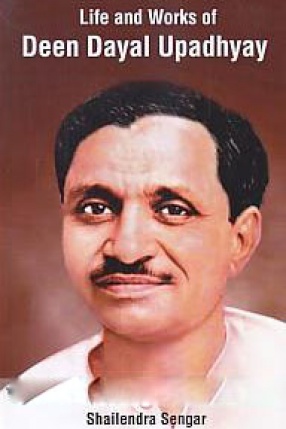
Shailendra Sengar

Showing all 17 books

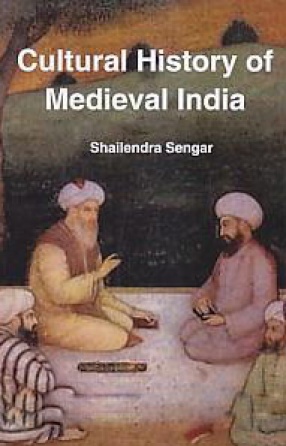
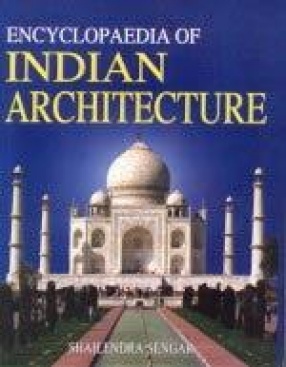
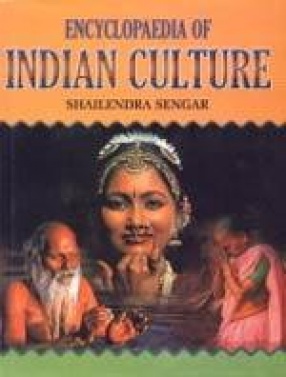
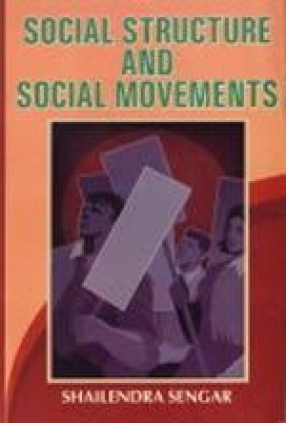
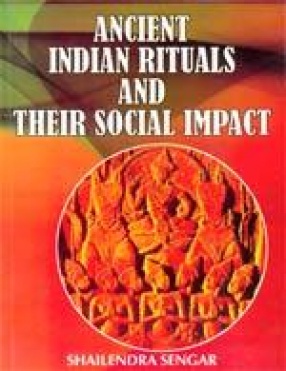
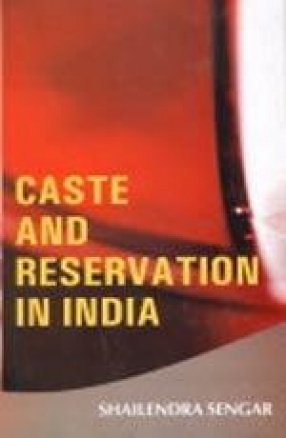

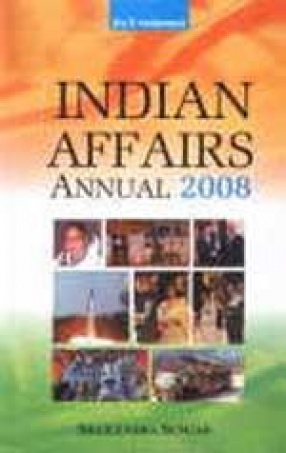



Mughal Architecture was a fully developed style and a eprfect discipline,. As none was prior to it, n in medieval India. It had a time span of 132 years, practically from 1526 to 1658 and Agra Fatehpur Sikri Lahore Kashmir Kabul, Delhi, Allhad, Ajmer Ahmedabad, Mandu and Burhanpur are its major centers. Nerarly 400 monuments of this style have survived, including city walls and gates, forts, places, tombs, mosques, hammams, gardens, minarets, tanks, step wells, ...
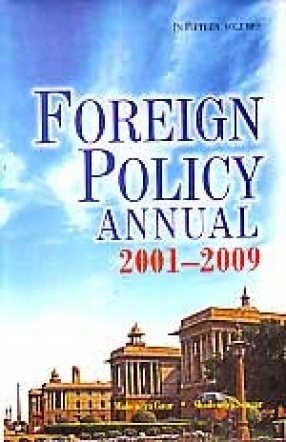

The Indian Civilization dates back to 3200 B.C. Remnants of this civilization are found in Mohenjodaro and Harappa, both in present day Pakistan. Later excavations revealed that the similar culture extended from Makran coast of Baluchistan in the West to Meerut in the Northeast which covered parts of Jammu, Kashmir, Punjab, Haryana, Sindh, Gujarat, Rajasthan and Maharashtra forming a triangular, comprising 1,299,600 square kilometers--the largest civilization in ...

The book is a scholarly account of the glories of India's architectural heritage and deals with the country. The book traces the cultural contacts which have contributed to the rich mosaic of temples, mosques, palaces, forts and other monuments that have gone towards the creation of one of the greatest civilization of the world. Photographs and line drawings accompany the text. Lavishly illustrated, the book tries the capture the architectural heritage of India ...

Indian culture is rich and diverse and as a result unique in its very own way. Our manners, way of communicating with one another, etc. are one of the important components of our culture. Even though we have accepted modern means of living, improved our lifestyle, our values and beliefs still remain unchanged. In this comprehensive attempt we present exhaustive and elaborate details about various civilisations, cultures, myths, Gods, faiths, religions, art, ...

The ethnic and linguistic diversity of Indian civilization is more like the diversity of an area as variable as Europe than like that of any other single nation-state. Living within the embrace of the Indian nation are vast numbers of different regional, social, and economic groups, each with different cultural practices. Particularly noteworthy are differences between social structures in the north and the south, especially in the realm of kinship systems. ...

The book holds that the beliefs and ideals of different civilizations are formulated in their rituals more explicitly than in any other cultural trait which gives the study of ritualism a greater historical significance. This book also examines the steps taken by the classical thinkers for restoring their deteriorating traditional social order and the declining hegemony of their managerial class in the society. The work evoked great scholarly interest and was ...
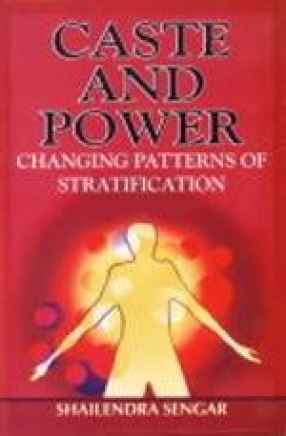
The books studies the changing patterns of stratification in Indian caste system. It recounts the gradual transformation of a social system that, till the end of the nineteenth century, was structured primarily on distinctions of caste--between the Brahmins, the middle-level non-Brahmins and the Sudra. The book shows how the forces of modernization had rendered some areas of village life caste-free, while others were still governed by considerations of caste. The ...

Caste System in India in undergoing a change in its form, nature and character. The shape of emerging India will be different from that of modern western societies, and caste, in its new transformation, will be an important contributing factor in determining that shape. This book examines the principles underlining the policies of reservation and affirmative action adopted by multi-ethnic society--India. Despite the fact that the government of India has, for over ...
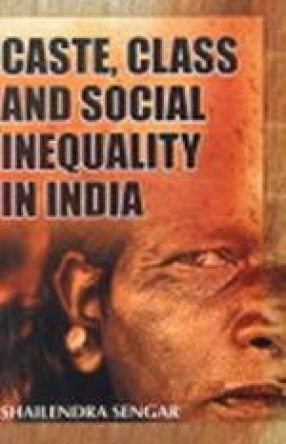
This book highlights the multinational, historical and contextual nature of social inequality. The shaping of social stratification in terms of its dialectics, layers and levels of social relations is discussed around the three main foci, namely, theory, structure and process, caste, class, family and individual are not only seen as units of social ranking, but are also viewed as notions implying a value-frame for guiding and shaping of consciousness and social ...
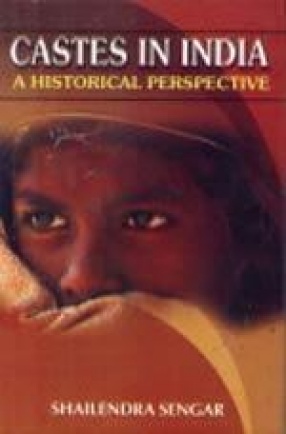
Inspite of the great advances in education and knowledge, the majority of Hindu society follows the system of caste based marriages. Again, political exploitations of caste has resulted in serious division among people of various communities with economic implications evident in the policy of job reservation for such groups as Schedule Caste, Schedule Tribes, Other Backward Classes (OBC) and so on. The present book provides a holistic view that will prove of ...
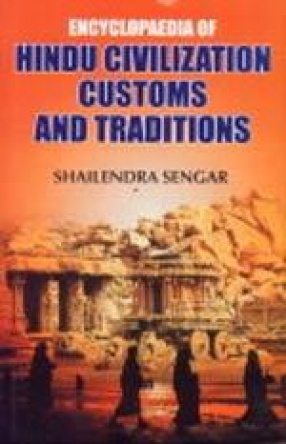
India is one of the Ancient Civilization of the world. The underlying efficiency of the Ancient Indus Valley Civilization is remarkable. The Ancient Indus Valley Civilization was quite clearly advanced, to a great extent. The Vedic Civilization is the culture associated with the people who composed the religious texts called the Vedas, in the Indian subcontinent. Hinduism is the religion of the majority of the population of India. The holy books of the religion ...

Although the field of Nanotechnology is fairly new, one might say that it has been around for a while. It represents a recent area of specialisation and interaction of many scientific and business skill. A broad-based science degree, with an emphasis on material science and molecular biology, provides an ideal platform. Legal profession is one of the growing and lucrative profession all over the world. It is one of the most adventurous as well as exciting career. ...

Indian Affairs Annual provides a chronicle of events in country's affairs on a day to day basis. This is the first publication of its own type that provides a reliable chronicle of events. The Annual seeks to provide an appraisal of the steps taken by the government of the day to implement the commitments made in its programmes and the other initiatives promised in subsequent policy statement. The events deal with government ministries, India's National Political ...
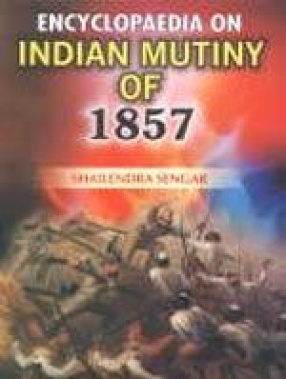
The Government of India celebrated 2007 as the 150 Anniversary of what many Indians terms as "India's First War of Independence". In the Union Budget of 2007, Rs 10 crore was set aside for the celebration. The British National Army Museum in London mounted a display to mark the 150 Anniversary on 10 May 2007, and has an ongoing on-line exhibition called "India Rising" India's First War of Independence, termed Sepoy Riots by the British was an ...
